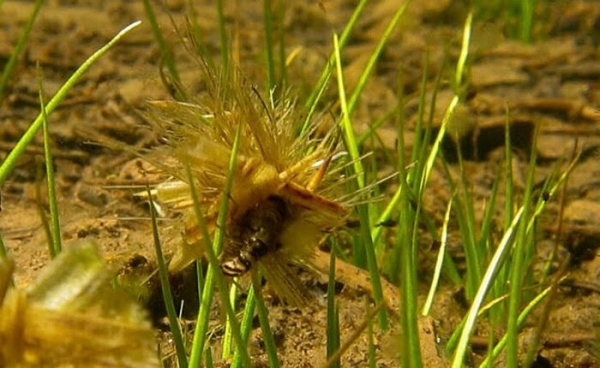In a study tracking climate-induced changes in the distribution of animals and their effects on ecosystem functions, North Carolina State University researchers show that resident species can continue managing some important ecological processes despite the arrival of newcomers that are similar to them, but resident species’ role in ecosystem functioning changes when the newcomers are more different.
The findings could lead to predictive tools for understanding what might happen as climate change forces new species into communities, such as the movement of species from lower to higher latitudes or elevations.
“Species are expanding their ranges due to climate change, but what are the consequences to the existing structure and function of the ecosystem?” said Brad Taylor, professor of applied ecology at NC State and co-author of a paper describing the study. “Our study suggests that when resident and newcomer species are fairly similar, the consequences for ecosystem functions may not matter.”
The study examined a 30-year record of caddisfly populations in normally pristine ponds in Colorado, as well as some fundamental ecosystem functions that can be linked to an ecosystem’s health: the amounts of nitrogen and phosphorus excreted by the caddisflies and how fast dead plant material, or detritus, that enters ponds is processed by caddisflies. Resident and newcomer species can affect these processes in similar or different ways depending on who is in the community.
Read more at North Carolina State University
Image: The dominant resident caddisfly L. externus forms a puffy "case" to protect itself. (Photo courtesy of Brad Taylor, NC State University)


